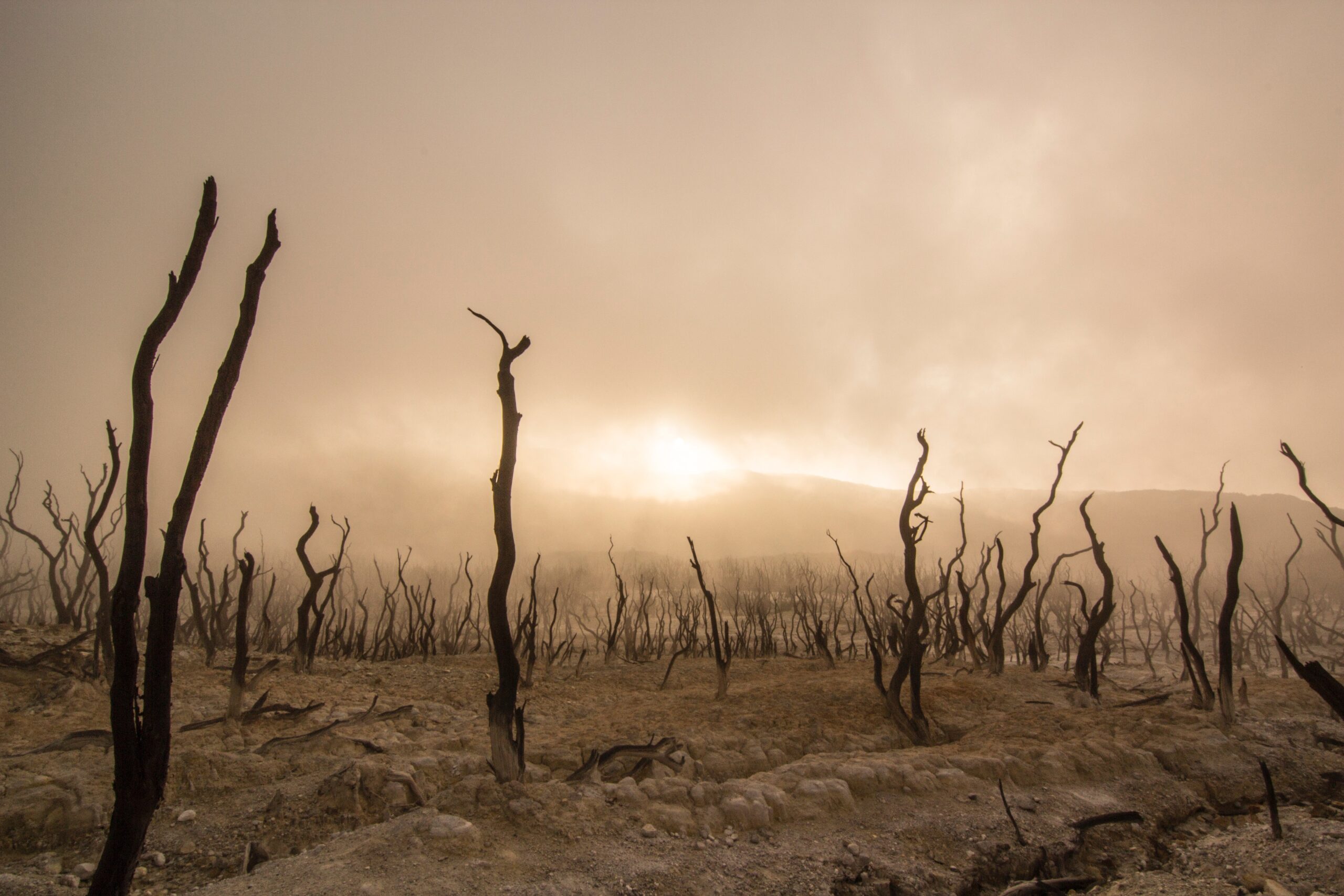
“Is X making you sick? Find out after the break . . .”
There’s a reason the news references an outrageously scary story before going to commercial break: fear grabs the attention like little else. This gives news directors an incentive to promote sensational stories over the more mundane. One consequence of this incentive is the rush to publicize spurious scientific claims, provided that their conclusions are sensationalist enough. One week, studies show that coffee causes cancer. The next week, it’s the cure.
This problem is perhaps nowhere more damaging than in environmental science and policy. Sober analysis of a moderate problem that will be costly to fix doesn’t make headlines—or excite academic publishers. Predicting doom and gloom, however, is big business. The incentives reward the boy who cried wolf, rather than discrediting him.
Last week, a study went viral (by scientific study standards) predicting a global extinction crisis brought on by human population growth. This sensational conclusion was widely reported with apocalyptic headlines, including India’s Statesman newspaper which highlighted the story with a “representational image” of a post-apocalyptic city.
To its credit, The Atlantic questioned the study’s hyperbolic claims in its report and ran a separate article criticizing the alarmism of studies like this. In the second article, a reporter asked Doug Erwin, an expert on a global extinction event more than 200 million years ago, whether the earth faces anything like that now.
Erwin says no. He thinks it’s junk science. “Many of those making facile comparisons between the current situation and past mass extinctions don’t have a clue about the difference in the nature of the data, much less how truly awful the mass extinctions recorded in the marine fossil record actually were,” he wrote me in an email. “It is absolutely critical to recognize that I am NOT claiming that humans haven’t done great damage to marine and terrestrial [ecosystems], nor that many extinctions have not occurred and more will certainly occur in the near future. But I do think that as scientists we have a responsibility to be accurate about such comparisons.”
It should surprise no one that Paul R. Ehrlich was one of the study’s authors. Ehrlich, a Stanford biology professor became a celebrity in the environmental activist community when he published his book “The Population Bomb” in 1968. It proclaimed that “[i]n the 1970s hundreds of millions of people will starve to death in spite of any crash programs embarked upon now” because the human population would exceed the earth’s capacity to feed us.
40 years later, his doomsday prediction seems laughable. Ehrlich completely failed to account for what Julian Simon called the ultimate resource, human ingenuity. Evolutionarily, we’re problem solvers. Time and again, we’ve invented our way out of predicted doomsdays.
Instead of the mass starvation Ehrlich predicted, the human population continued to grow, while wealth increased and extreme poverty dramatically decreased. Yet, in the late 1990s, Ehrlich proclaimed that his predictions in “The Population Bomb” were “way too optimistic.”
At the dawn of the Industrial Revolution, Malthus predicted that population growth would lead to catastrophe—and proved spectacularly wrong. Ever since, people have continued to make these predictions, only to be disproven over and over. Yet the predictions never end. Most people might be cowed by the failure of such bombastic claims. But the incentives in environmental policy push people to dig in instead.
Human beings have undeniably changed the planet, as we have for thousands of years. There’s likely no spot on earth that has not been affected by human influence. Rather than decrying that fact, we should focus on instances where those changes are harmful and look for ways to fix them.
A Chicago Tribune editorial on the alarmist study gets the tone right and correctly identifies the solution to environmental problems: as our wealth grows, so does our capacity to improve the environment; the key is to choose policies that align incentives with responsible environmental decisions.
A materially richer world is likely to be a more ecologically conscientious one. “The countries that are wealthiest do the most to protect habitat and species health,” says Reed Watson, executive director the Property and Environment Research Center, a think tank in Bozeman, Mont. That’s because conservation is one of the things people come to value more and more as their disposable income grows. Poor nations can’t afford to worry so much about the plight of animals because they are preoccupied with feeding and housing people.
Unlike other creatures, humans can consciously shape the future for generations to come. We should use ingenuity for the benefit of the countless creatures with which we share the Earth. That would also be good for our species.




